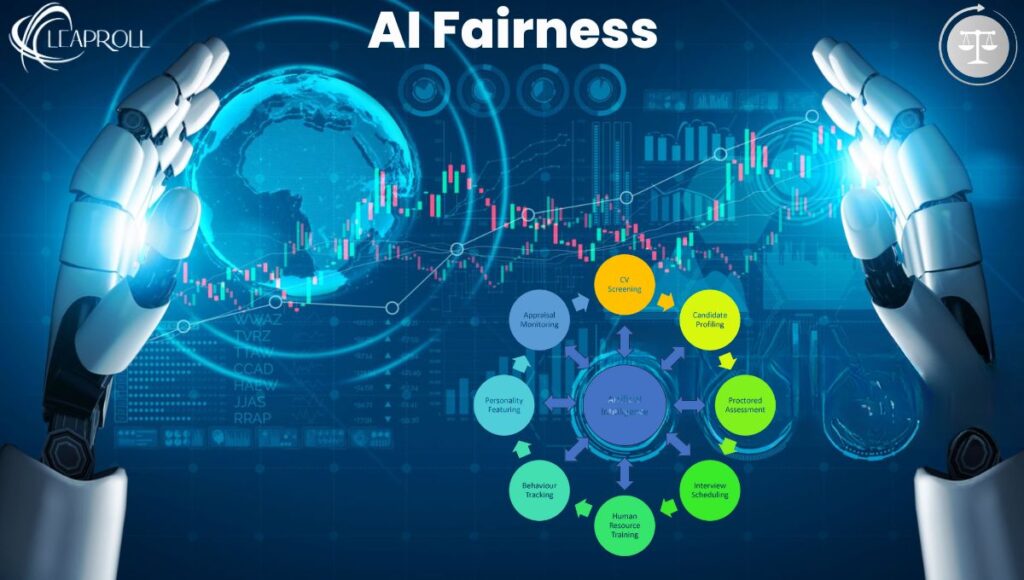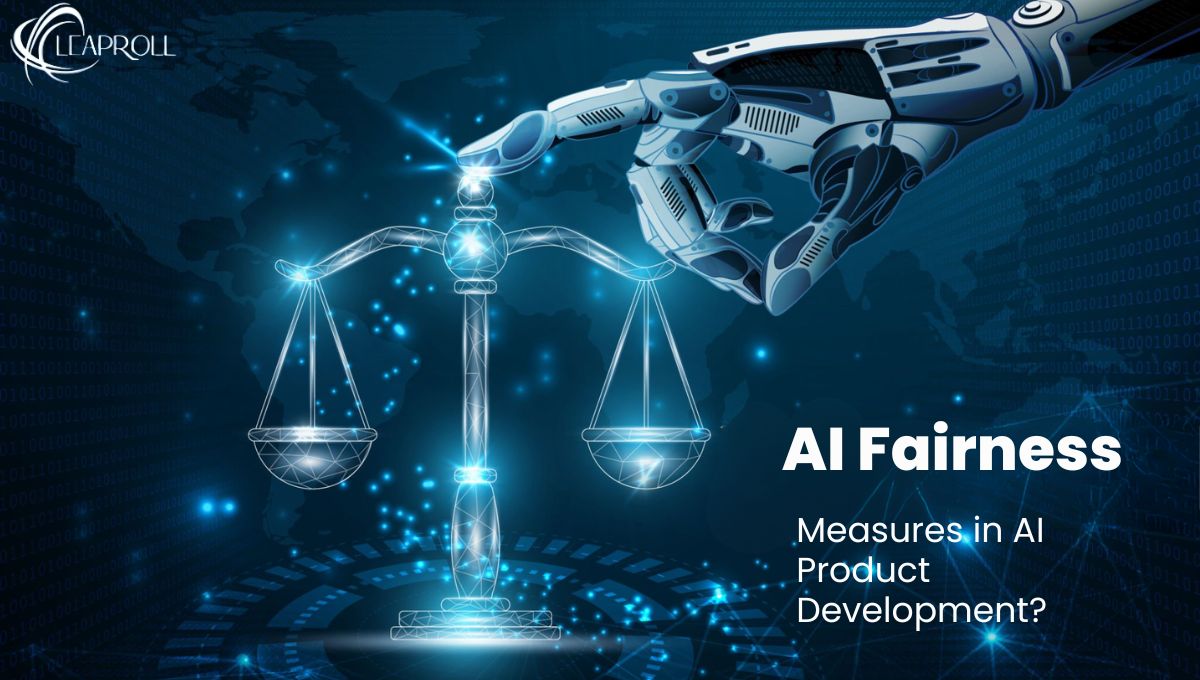Artificial Intelligence is fast becoming something that the world is actively accepting, irrespective of the format or department. It has come a long way and is now even consider in decision-making processes ranging from hiring an intern to loan approval and criminal justice-based decisions. loan approval to criminal justice-base decisions!
However, we are attune to believing that artificial intelligence is not human intelligence, so even though AI systems are increasingly becoming more advanced as days progress, programmers and institutions alike are conversing about AI fairness, especially in AI product development.
What is a fairness measure in AI product development?
In simple words, fairness measure in AI product development is both a quantitative, and qualitative method used to ensure that AI systems are producing just and unbiased outcomes across various demographics so as to mitigate and do away with discrimination, nepotism or, favouritism.
When an AI model produces fair decisions, a lot of positive outcomes might just prop up for users. Some probable examples include:
- A loan being approve without considering minority based applicants, including racial and ethnic minorities and women
- A hiring AI will not favour or lean towards male candidates over female candidates. There will be no discrimination based on gender.
- AI will not participate in racial or skin tone racism. All skin tones will be recognise by a universal facial recognition system that treats everyone as an equal.
Bias in AI and its various types
Bias in AI can happen when artificial intelligence systems start making decisions or giving results that aren’t fair or treat certain groups or individuals differently, without a valid reason. This usually happens because AI has learned from data that already includes content of human prejudice that might be pre-existing. Thus, AI simply projects what it has been traine, or has learned.
For instance, if a company uses AI for hiring men at a higher ratio, then it might involuntarily become unfair to women applying for the same job.
Types of Bias
AI bias is a real thing, and here are some of the most commonly found biases in AI systems:
- Data Bias: This can happen when the information or data fed into the AI system is not balance or doesn’t quite represent real life. This leads to unfair outcomes.
- Selection Bias: This happens if and when certain groups of individuals are left out, or not represent just in the AI’s training data. For instance, a facial recognition system tool that is experienced to work on lighter-skinned faces on account of design may not work the same for those who have a darker skin tone.
- Reporting Bias: This may occur when events or behaviors are record in the data, or even less often, than what is actually happening in the real world. This makes the AI system see and give a rather unfair picture.
- Measurement Bias: This happens when the data is collect, but the method of collection favors one group over another.
- Stereotyping Bias: This happens when AI repeats or simply stereotypes based on societal norms. For instance, it may associate a nurse with women consistently.
- Algorithmic Bias: This sort of bias happens when the setup or the programming of the AI is designed in a way to act unfairly, even if the data is actually correct.
What is the purpose of implementing fairness measure in AI product development?

Fairness measures are quite important in AI product development for several reasons. By engaging in such measures, one can ensure that AI systems are producing unbiased, ethical, and equitable outcomes for every user.
We can enumerate the purpose of fairness measures in AI product development with the following:
Identifying and reducing all types of bias
Fairness measures are mainly implement to help detect and mitigate bias in AI models. This helps in addressing any unequal treatment that might be metted out to individuals or groups, for instance, a fairness measure can reveal if any AI model is unfairly favoring men over women candidates for a job.
Ensuring equality
AI developers who follow fairness measures can help design and implement systems that deliver equality and fair results. By doing so, one can avoid harming the underrepresented or minorities that have been clube in marginalized groups.
Helps build trust and accountability
By using fairness metrics and measures with transparency, AI developers ensure that organisations can truly build trust with users. They also wanted to impress stakeholders, and even regulators, thus displaying a staunch commitment to responsibility and ethical practices.
Regulatory Compliance
Interestingly, AI systems are absolutely made to comply with all the regulatory stander around fairness and non-discrimination. These measures help organizations in meeting their legal requirements and even avoiding potential legal risks in the future.
Improve Product Quality
In implementing fair and unbiased AI systems, developers ensure that the AI process is more robust and reliable. This makes them more widely accepted in different organisations, thus leading to better performance and a broader adoption overall.
Conclusion
In terms of AI product development and fairness measures, these are foundational to ethical and trustworthy systems. Not only are they something that every developer must ultimately have access to. But they are also critical for the long term. Regardless of whether they are used for identifying and mitigating bias, providing overall equality, or even meeting societal expectations, fairness is non-negotiable, especially in the 21st century, where there is actually no space for injustice, racism, nepotism, and favouritism, and AI is certainly no exception.
You can also read about :



